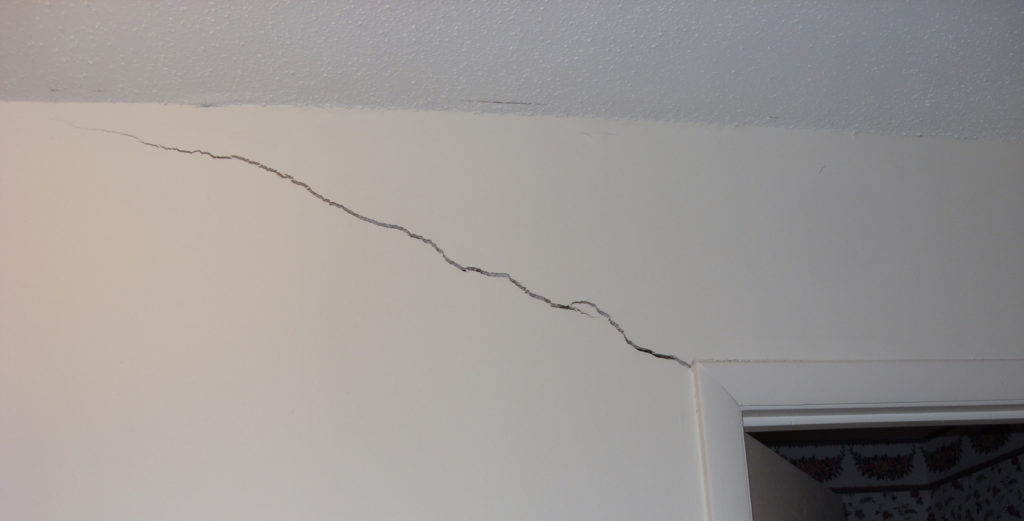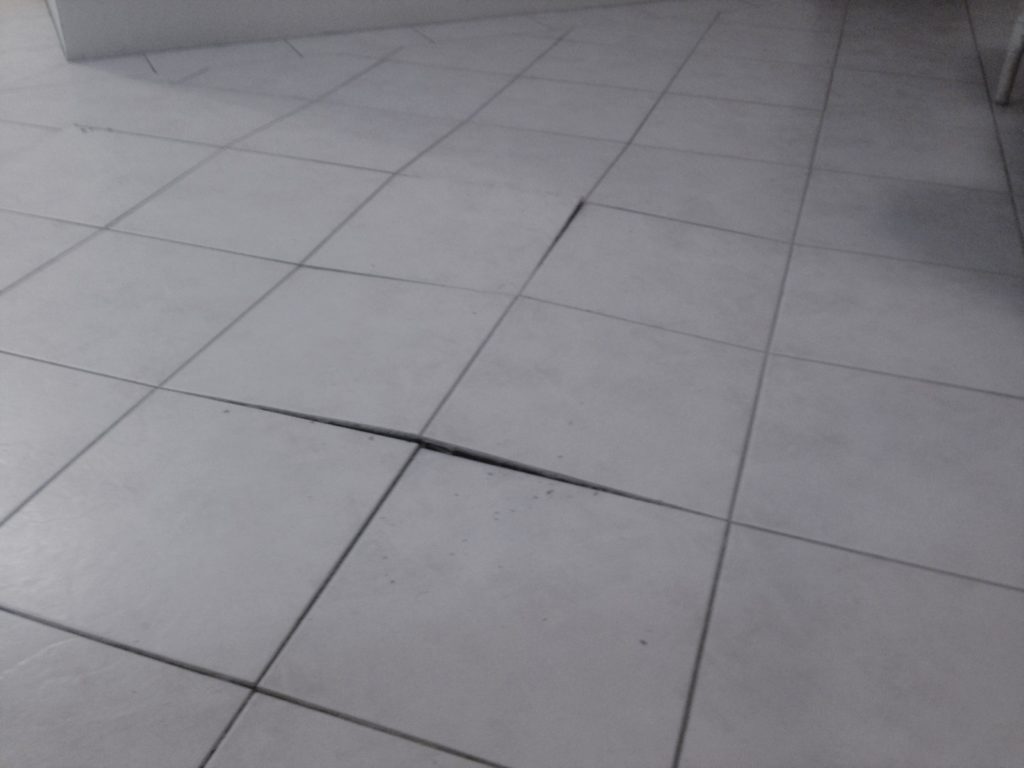Do not remodel your home until you have done this!
Have you been eyeing a new look for your home, or starting to talk about home improvements? There is something you should do before you even start to think about remodeling.
You should always have your home’s foundation checked before you do any home improvements. The number one problem we get called out on is cosmetic damage as a result of foundation movement. The homeowner either just remodeled or patched the cracks and they came back.
While some of the stress seen in homes could be just seasonal movement, it most likely is due to the foundation moving and in need of repair. If you fix cracks or remodel you are just putting a bandaid over the wound, and not fixing the main problem. This will result in the same signs you thought you had repaired coming back, but this time in the newly remodeled area.

So before you go and spend all of your money making repairs and doing home improvements, let’s talk about a few things you should know, and watch for.
The type of cracks matter. There are two major differences between seasonal movement cracks and foundation movement cracks. Seasonal movement cracks typically occur in the seams where two sheets of drywall meet. They are straight line cracks, and are usually very small.
Cracks caused by foundation movement are typically jagged cracks that come off doors or windows in angles. These cracks look as if the drywall is ripping. A simple trick to think of is the direction the crack is pointing, is the area of the house that is settling or in need of foundation repair.

Another common item frequently updated in a home is the flooring. Flooring is either attached to the foundation or free floating. Free floating floors like laminate or vinyl planks typically have less problems when the foundation is moving.
However flooring such as tile or hardwood floors that are attached to the concrete foundation can see significant damage when the foundation is moving or when the foundation is repaired.
When we inspect homes for foundation problems, we see tile cracks or in some cases where the floor is buckling due to it being compressed. When asked if the flooring is new, the most common answer is yes.
We cannot stress it enough that if you plan on doing any home improvements or remodeling, that you call a foundation company you can trust like Stratum Foundation repair first. We come out and inspect the foundation for movement. If we think there are no repairs needed and the foundation is within normal tolerances, then you have a green light to renovate.

If the foundation inspection shows signs of foundation movement you want to take care of that before you even start to do any improvements to the home. The foundation of the home affects everything in your house.
Once the foundation is repaired with piers and lifted back to normal height, we recommend waiting 90 days. After the 90 days you can move forward with the improvements and feel comfortable that your investment is going to be safe.
Even if your foundation is in good shape, you should still water the foundation, maintain proper drainage and install root barriers to help with any seasonal movement you may still see. Take a look at our other blog on home maintenance to ensure you do everything you can to protect your home.








Recent Comments